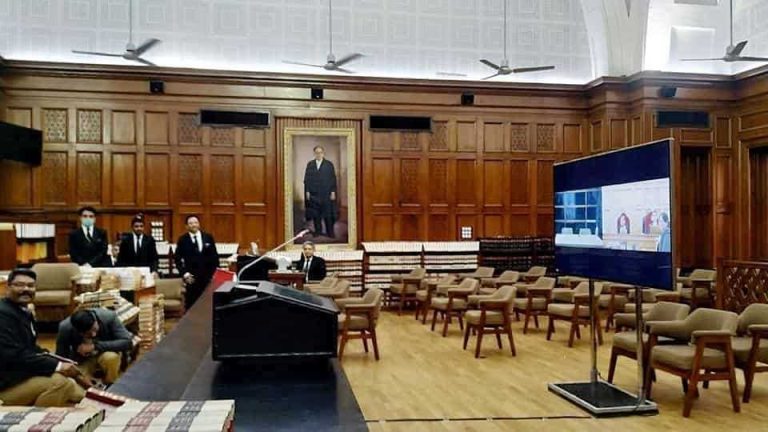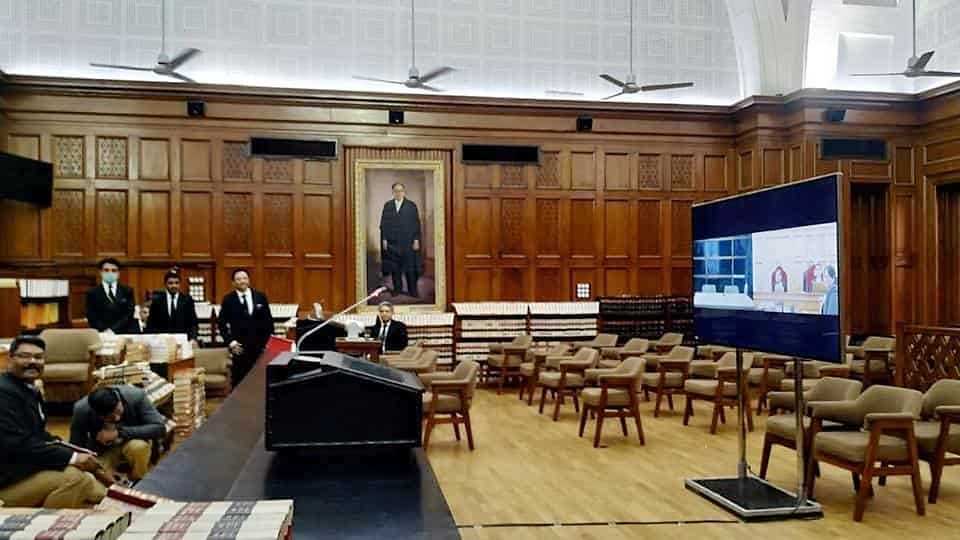SCJ’s expanded virtual court operations and Corbett J. guidelines for remote hearings as set out in Ontario v. Ontario Association of Midwives, 2020 ONSC.
To protect all court users during the COVID-19 crisis, all but urgent hearings in the Ontario Superior Court of Justice (SCJ) were suspended, effective March 17, 2020. On April 2, Chief Justice Morawetz and all eight Regional Senior Justices issued new Notices to the Profession. Effective April 6, 2020, the SCJ’s virtual court operations have been expanded in each region.
In view of the unprecedented and extraordinary outbreak of the pandemic, while it is essential for courts to adhere to social distancing and be sure that the courtroom premises do not contribute to the spread of COVID-19, it is equally as important that cases are being heard, justice is upheld, and the dockets are flowing.
The implementation of virtual hearings through mediums such as Zoom are necessary measures to ensure the continued functioning of the judicial system and the Constitutional requirement for access to justice.
Therefore, the scope of events that may be heard remotely had been expanded effective April 6, 2020. In his Endorsement of the same date, in Ontario v. Ontario Association of Midwives, 2020 ONSC Justice Corbett orders a hearing held before a three-judge panel on April 21, 22 and 23, 2020, to be conducted as a video conference using Zoom technology.
His Endorsement serves as a general framework for virtual hearings. In it, he orders that neither counsel nor the court are required to gown for the hearing. Business attire is sufficient. All parties are to participate from appropriate surroundings so as to not interrupt or delay the court. The Endorsement sets out the guidelines for the electronic filing of materials. Justice Corbett also holds that the hearing will follow a webinar format and will accommodate up to 500 people, thereby still allowing members of the public to observe the hearing.
While not addressed in Justice Corbett’s Endorsement, we can anticipate that the courts will likely take measures and considerations for those litigants who would not have the means to access the videoconferencing technology. For example, presiding officers of the court may have the ability to limit the entry of individuals into the courtroom in instances of access to justice or may make accessible community facilities equipped with videoconferencing technology. Privacy concerns with online platforms and the determination of the most appropriate platforms for hearings moving forward will also need to be considered and addressed.
Finally, while none of us know how long the crisis will last, video hearings are here to stay. We can expect more and more court procedures, appearances and perhaps trials to be online as part of the new normal in a post-COVID-19 world. With that, we anticipate a lowering of the formalities associated with the court and the profession. For example, we may ditch the heavy gowns, in a similar way that we saw courtroom required wigs go by the wayside after Confederation. We may also see tired processes such as “To Be Spoken to Court” simplified or eradicated altogether through online processes.
Just yesterday, the SCJ tweeted a quote of CJ Morawetz on the impact of COVID-19 on the courts, “…we have been forced and the Ministry has been forced to accelerate its plans to move to electronic hearings and also to electronic filings and we cannot go back…it is time to push forward and we cannot go backwards”. And, onwards we go!
**Please find below three Provincial Notices to the Profession from Chief Justice Morawetz (Civil/Family, Criminal and Divisional). They address a variety of issues including emailing material to the court, service by email, media access to court proceedings and gowning.
Provincial Notice – Civil and Family – Expanded SCJ Operations




